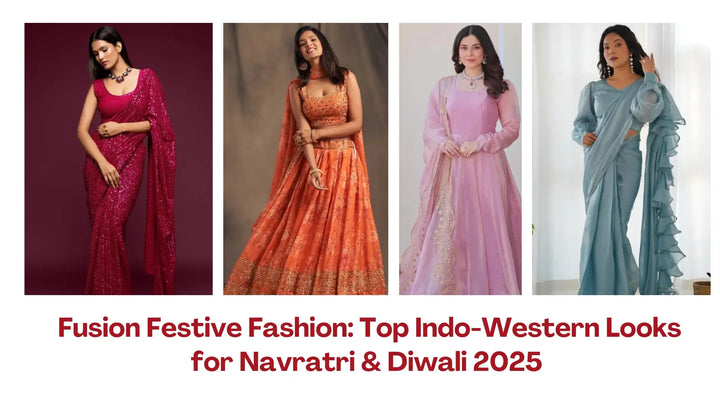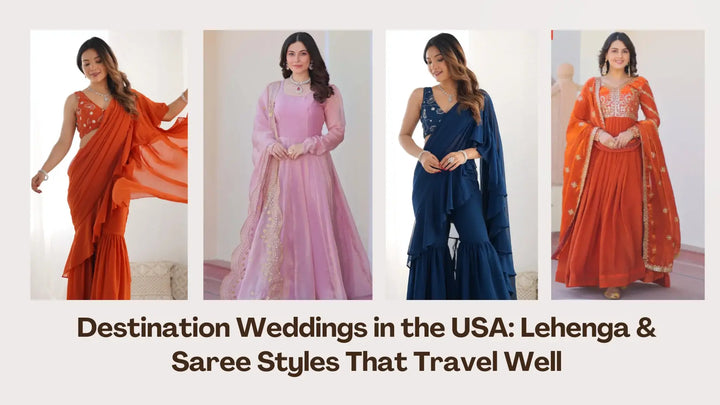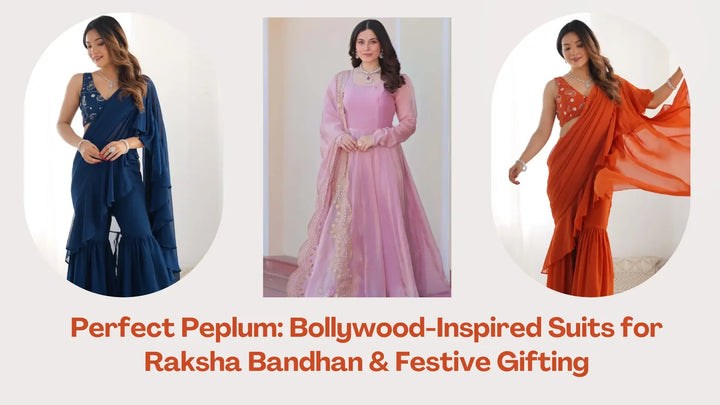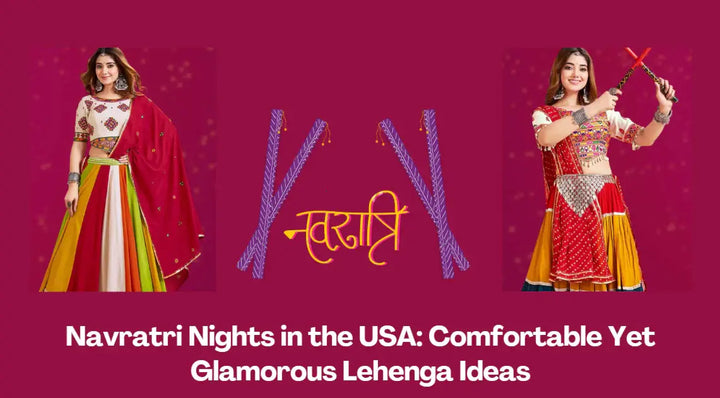The saree, a traditional Indian garment, has evolved significantly over the centuries, reflecting changes in fashion, culture, and social norms. Sarees have undergone a fascinating journey from their earliest origins to today's contemporary styles, demonstrating the rich diversity of Indian fashion.
Ancient Roots:
The history of the saree can be traced back to ancient times when women wore it in many parts of the Indian subcontinent as an unstitched garment. The earliest sarees were mainly composed of cotton or silk and were draped differently across different communities. There was an emphasis on traditional values in society through the attire, which symbolized modesty and grace.
Medieval Elegance:
As India experienced a variety of cultural influences during the medieval period, the saree was transformed in terms of its fabrics and styles. It was specifically during the Mughal era that luxurious fabrics were introduced, including silk and brocade, and intricate embroidery and zari work became prominent features. Sarees became more structured and tailored, displaying a fusion of indigenous styles with Persian and Central Asian influences.
Colonial Impact:
A shift in the perception of fashion was observed during the colonial period. The British influence influenced clothing preferences, resulting in a preference for Victorian clothing styles. The saree, however, maintained its cultural significance as it was adapted to incorporate lighter fabrics and subtle embellishments. This period saw a fusion of Indian and Western aesthetics, as represented by the use of Parsi Gara embroidery and pastel colours.
Post-Independence Renaissance:
Immediately following India's independence in 1947, traditional crafts and indigenous textiles regained popularity. Mahatma Gandhi promoted using handloom fabrics such as khadi, which became symbols of national identity. As designers experimented with various weaving techniques, ancient art forms were revived, contributing to the growth of the handloom industry.
Modern Revival:
The latter half of the 20th century saw a fusion of traditional and contemporary elements in saree styles. The saree is a versatile garment worn on various occasions by designers such as Ritu Kumar, Satya Paul, and Tarun Tahiliani. As the concept of the 'modern saree' evolved, innovative draping styles, unconventional fabrics, and experimental blouse designs emerged.
Regional Diversity:
There are numerous saree styles in India, reflecting its vast cultural diversity. The Banarasi sarees from Varanasi, famous for their opulent silk and intricate Zari work, represent the cultural heritage of North India. A Kanjeevaram saree is characterized by vibrant colours and heavy silk, reflecting the region's rich traditions. Lucknow's delicate Chikankari work and Gujarat's vibrant Bandhani patterns illustrate the Indian saree's artistic diversity.
Contemporary Trends:
The saree continues to evolve today, embracing global fashion trends while maintaining its cultural essence in the 21st century. It is common for designers to experiment with unconventional fabrics such as georgette or chiffon to create lightweight sarees suitable for modern lifestyles. A younger demographic is attracted to digital prints and contemporary motifs in saree designs.
Influence of Bollywood:
Bollywood celebrities have been credited with influencing fashion on and off the screen in many ways. They have popularized a variety of saree styles both on and off the screen. Designers' latest creations are often showcased on the red carpet and in film premieres, influencing trends and inspiring fashion enthusiasts to wear new and innovative sarees.
Conclusion:
Zeel Clothing has witnessed the evolution of saree styles through the centuries, which is a testament to this iconic garment's adaptability and timelessness. In addition to being a traditional clothing item, the saree continues to capture the imaginations of designers and wearers alike as a symbol of cultural identity and fashion expression. The fusion of tradition and modernity in saree styles illustrates the dynamic nature of Indian fashion, ensuring its relevance in an ever-changing world of style and aesthetics.







